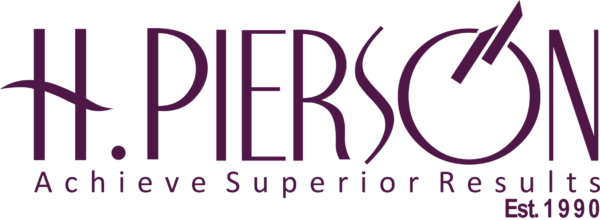Risk Considerations:
- Regulatory and Compliance Risks: Evolving regulations, licensing issues, and product standards.
- Supply Chain Disruptions: Raw material shortages, logistics challenges, and supplier insolvency.
- Market and Competition Risks: Intense competition, market saturation, and changing consumer preferences.
- Operational Risks: Equipment failures, accidents, and maintenance challenges.
- Currency and Economic Risks: Currency fluctuations, inflation, and economic instability.
- Security Risks: Theft, vandalism, and sabotage.
- Environmental and Social Impact: Environmental degradation, community displacement, and social unrest.
- Talent Management Risks: Attracting and retaining skilled employees.
Mitigants:
1. Regulatory and Compliance Risks:
– Engage with regulators and industry associations.
– Ensure compliance with regulatory requirements.
2. Supply Chain Disruptions:
– Diversify suppliers and develop contingency plans.
– Implement supplier risk management programs.
3. Market and Competition Risks:
– Differentiate through innovative products and services.
– Focus on customer retention and loyalty programs.
4. Operational Risks:
– Implement robust safety protocols and emergency response plans.
– Invest in employee training and development.
5. Currency and Economic Risks:
– Diversify revenue streams across countries and currencies.
– Implement hedging strategies to manage currency risk.
6. Security Risks:
– Implement robust security measures, including surveillance and access controls.
– Engage with local authorities and security experts.
7. Environmental and Social Impact:
– Develop and implement environmental and social impact assessments.
– Engage with local communities and stakeholders.
8. Talent Management Risks:
– Offer competitive compensation and benefits packages.
– Develop training and development programs.
Additional Mitigants:
1. Develop a comprehensive risk management framework.
2. Conduct regular risk assessments and reviews.
3. Implement a robust compliance program.
4. Foster a culture of innovation and continuous improvement.
5. Develop strategic partnerships and collaborations.
6. Engage with stakeholders, including customers, investors, and regulators.





